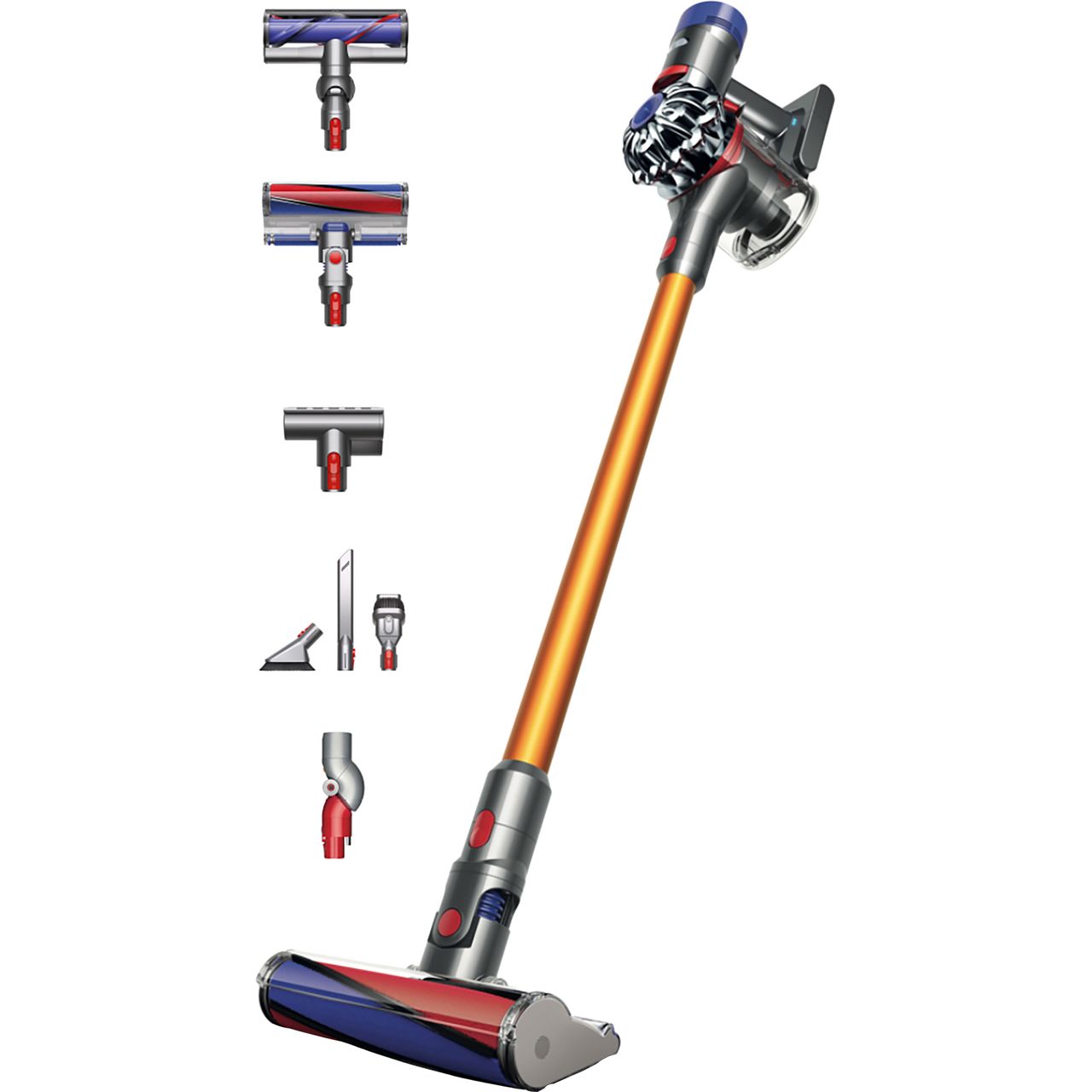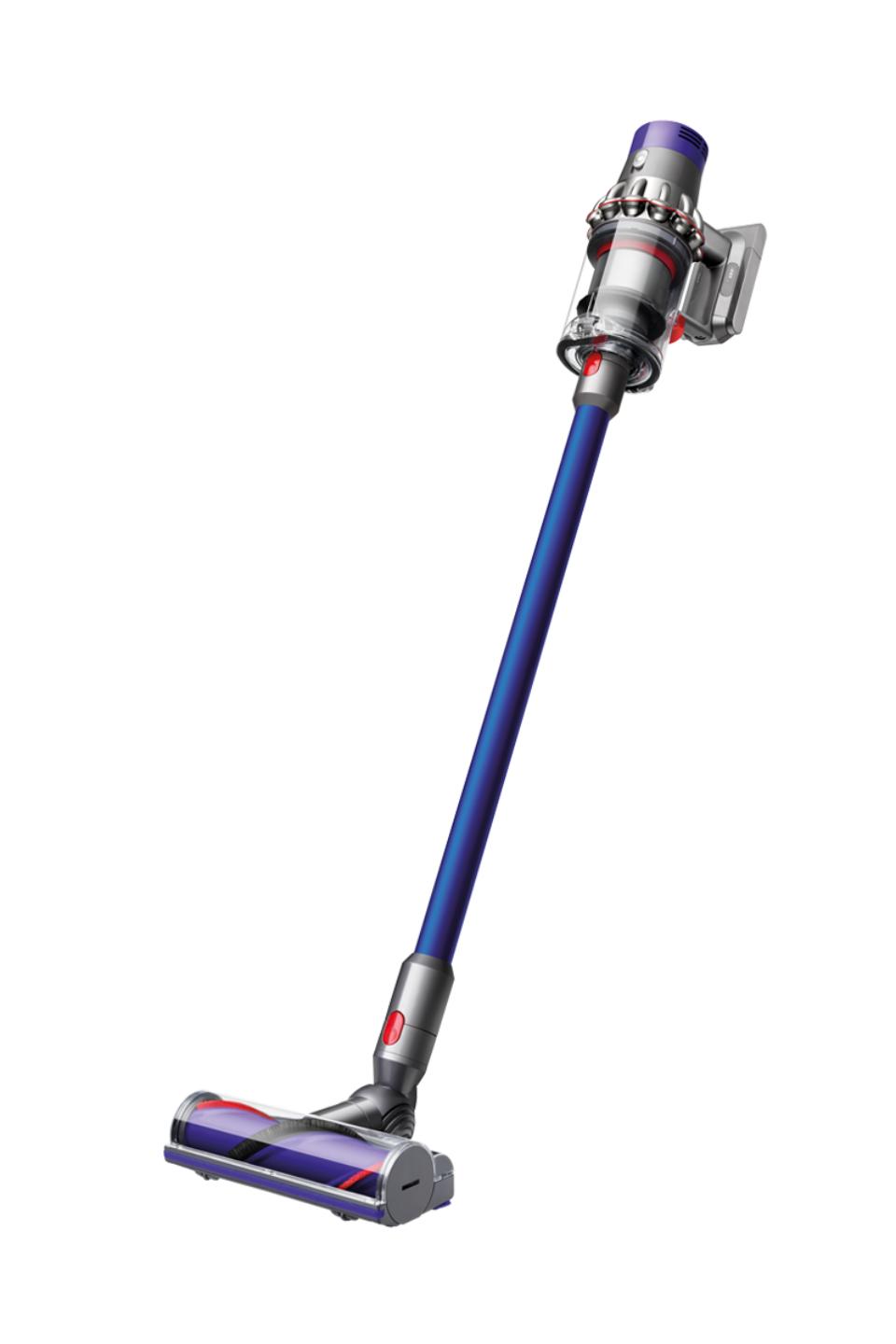Roborock S7 Robot Vacuum with Sonic Mopping
Roborock S7 Robot Vacuum with Sonic Mopping – White – Roborock S7’s sonic technology scrubs floors up to 3000 times per minute. Eliminating dried-on dirt that some robots may leave behind, from coffee to muddy footprints and more.
Roborock S7 Robot Vacuum with Sonic Mopping – White – Roborock S7’s sonic technology scrubs floors up to 3000 times per minute. Eliminating dried-on dirt that some robots may leave behind, from coffee to muddy footprints and more.
- Multi-Level Mapping
- Long Battery Life
- Intense Suction
- LiDAR Navigation
- Intelligent Mop Lifting






Reviews
There are no reviews yet.